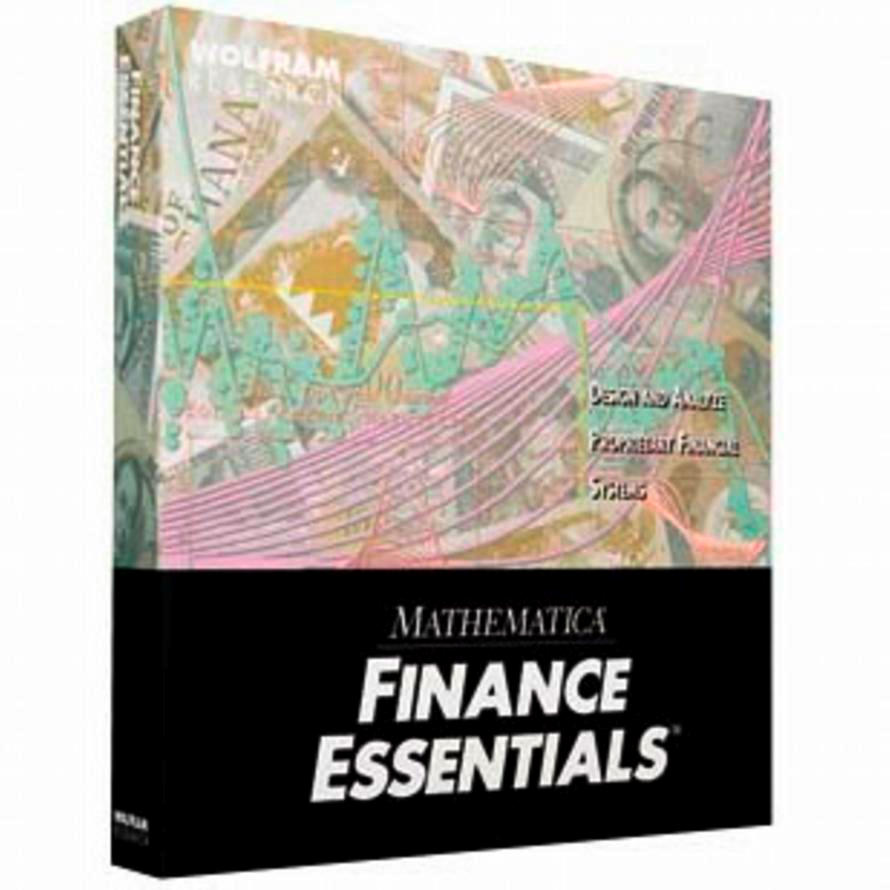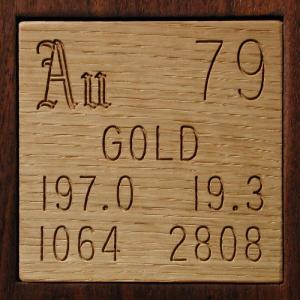|
 | |  | | | |  |
| Mathematica Note
When we first started selling Mathematica in 1988, I and most others assumed that our customers would be physicists, computer scientists, math professors, engineers, and maybe a few social scientists. One of the most surprising, to me at least, developments over the years was that a lot of people in the world of high finance started buying Mathematica. Lots of Mathematicas.
It turns out that there are a number of places in the world of money where fancy math is very important. For example, if you're thinking about buying an option or a future (or an option on a future) of a stock, how much should you be willing to pay for it? You could just pay whatever the going rate is like the other suckers, but if you want to earn enough money to build a skyscraper on Wall Street, that won't cut it.
To really profit consistently in a complex options market, you have to have a way to determine when an option is underpriced, which means you need to know what it's really worth, not just what its price is today. This involves a lot of very sophisticated mathematical analysis of the current and past prices, interest rates, currency exchange rates, market volatility, etc.
By now a number of textbooks have been written showing how to use Mathematica for this analysis, and rumor is that a number of large trading firms have networks of computers that run huge Mathematica programs all night long working out what the trading strategy will be in the morning. Of course, what exactly they are doing is top secret, because the whole point of the game is having a better mathematical formula than the text guy. It truly is a case of the best math wins, and wins big.
By the way, I should mention that, for those of you familiar with the term, I am not talking about Technical market analysis. Technical trading is nothing more than market astrology, and the main effect of it is to allow mathematically sophisticated traders to determine what unsophisticated ones are likely to do on the basis of widely reported technical analyses. The smart money uses real math to determine real values, and at most glances at technical analysis to see when some suckers might be available for fleecing. Of course, the smart money also has a full time staff of hundreds researching those real values, and they don't go around talking about them on radio or television.
|
| 
|
|
|
|
|
|
|